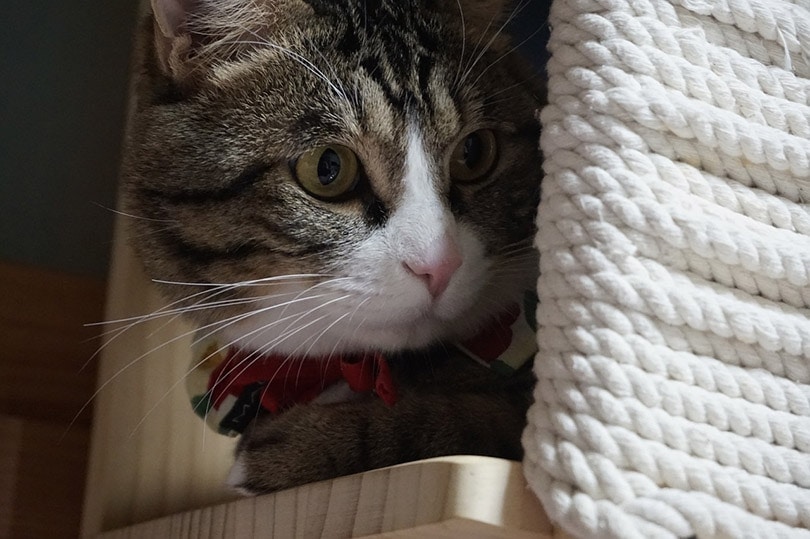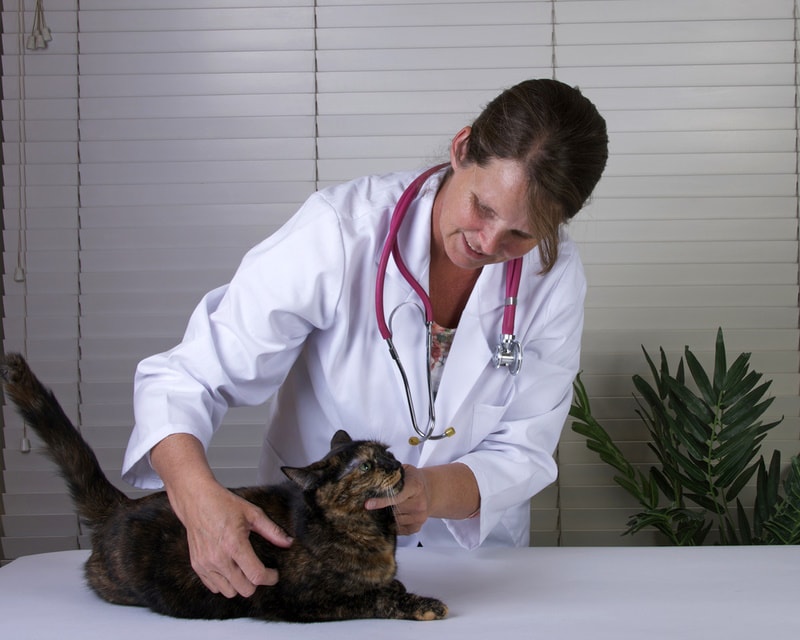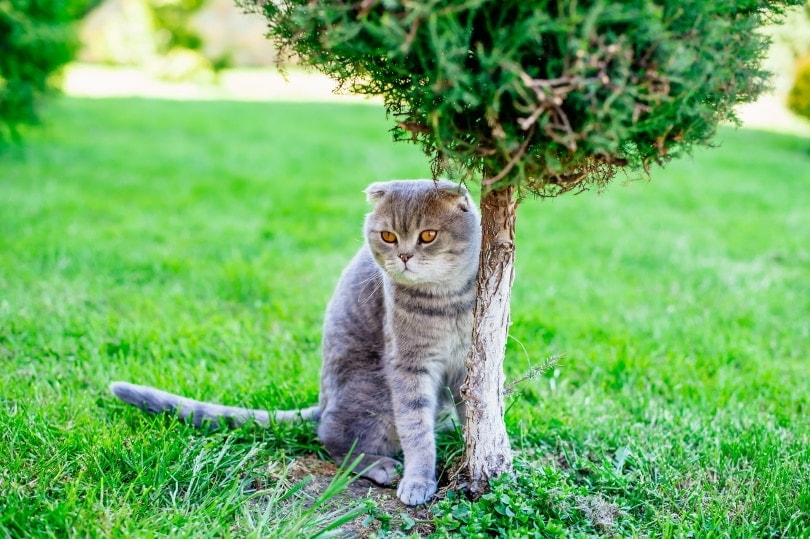How Do Cats Jump So High? Exploring Their Physiology

Updated on
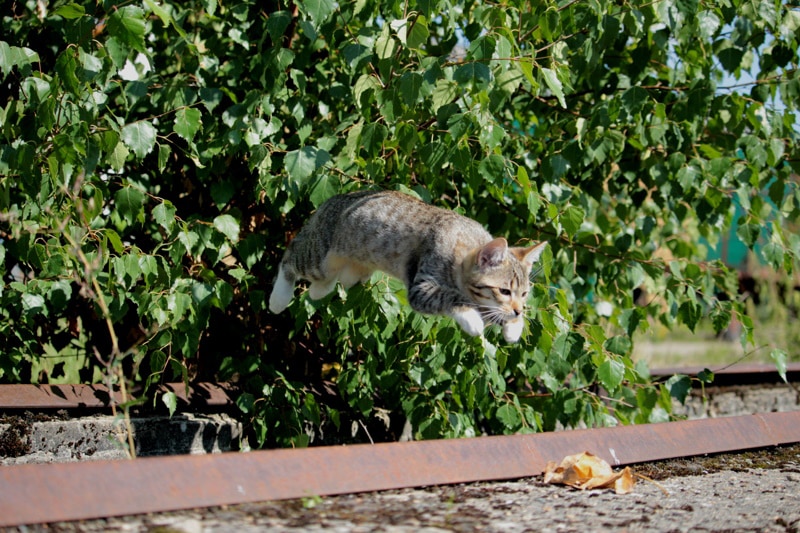
In the animal kingdom, cats stand out for their impressive ability to jump high and far. They can leap up to six times their body height in one bound and can reach heights of over five feet. But how do they manage to achieve such amazing feats? The primary factor in a cat’s jumping abilities is the strength and power of its muscles.
The Physiology Behind a Cat’s Incredible Jumping Ability
To understand how cats jump so high, we must first explore the unique physiology that makes it possible. It’s rather remarkable when you learn of everything that goes into a cat’s impressive agility.
Muscles
Most mammals have muscles composed of two different types of fibers. These are slow-twitch fibers and fast-twitch fibers.
Slow twitch muscle fibers, or Type I fibers as they are commonly known, power endurance activities like running and climbing. Fast-twitch or Type II muscle fibers, on the other hand, are used for short bursts of strength, such as sprinting and jumping.
Cats possess an unusually high proportion of fast-twitch muscles compared to other animals, giving them significantly greater explosive power than most other species.1
But it’s not solely the type of muscles; it’s how many. Cats have more than 500 muscles in their body.2 If that weren’t impressive enough, cats use these numerous muscles when they jump. So, it’s not surprising that cats can leap as high and as far as they do!
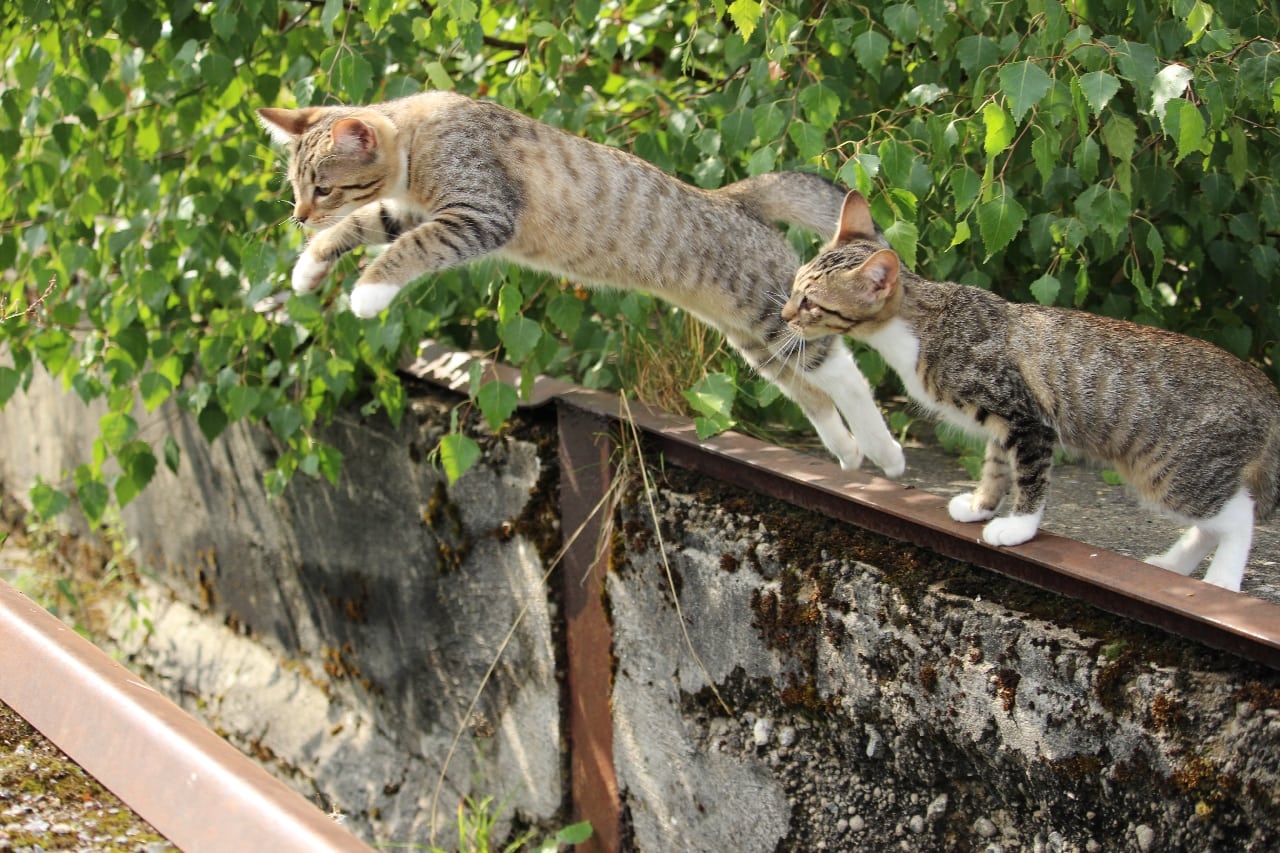
Bones
Another important factor contributing to a cat’s leaping prowess is its bone structure. Unlike humans, cats have incredibly flexible spines, which allow them to extend far beyond their normal range of motion when they jump.
This flexibility helps them avoid strain on the spine during long jumps, enabling them to gain maximum height with each leap rather than spreading the impact out amongst multiple smaller jumps.
In addition to this flexibility, cats also possess shorter and lighter bones when compared to humans and other animals; this reduces inertia which allows the cat greater control over its movements while in midair and further enhances its overall jumping capability.
Tendons
Finally, cats’ tendons help contribute to their excellent jumping performance as well. For instance, a cat’s Achilles tendon is much thicker than that of most other animals.
This gives them extra flexibility when taking long strides or leaping from higher ground into lower ground, allowing them to cushion the impact on their legs after landing from extreme heights and distances with ease.
Additionally, cats’ tibialis anterior tendon runs along the front side of their leg joints; this specialized arrangement increases tension when flexed during a jump as opposed to allowing tension simply through weight alone—thus making it easier for cats to make quick movements that enable higher leaps often without risking injury in the process.
Taken together, these structural adaptations give cats some of the strongest jumping capabilities in the animal kingdom, enabling them not only to safely travel through difficult terrain but also to escape from predators who might be chasing after them!
Whether you’re a cat lover or simply interested in animal physiology, it’s clear that understanding how cats manage such incredible feats can teach us a great deal about both feline anatomy and our own knowledge about physical mechanics.
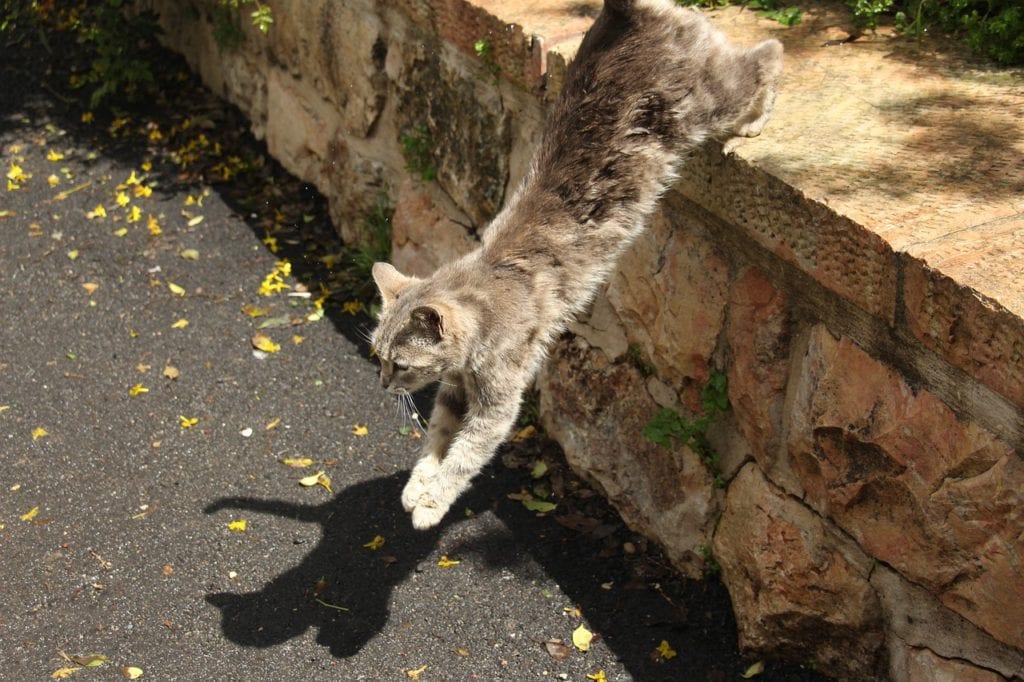
Essential Cat Care Tips for Your Feline Friend
Taking care of a cat can be both enjoyable and rewarding, but it’s important to make sure your feline friend is safe and healthy. Here are some essential tips for cat care:
- Provide fresh food and water daily, as well as treats for enjoyment.
- Make sure to keep their litter box clean and provide plenty of fresh litter.
- Keep them active with regular playtime each day that involves interactive toys like balls or feathers.
- Schedule annual veterinary checkups—these are key to keeping your pet healthy!
- Brush their fur regularly and keep an eye out for excessive shedding or signs of mites, fleas, or other parasites.
- Provide them with plenty of places to scratch—try using scratching posts and mats instead of furniture!
- Keep cats indoors to protect them from dangerous predators and conditions outside.
- Spay/neuter your cat to reduce the number of stray cats on the streets.
By following these simple guidelines, you will ensure that your cat stays healthy, happy, and safe all year round!
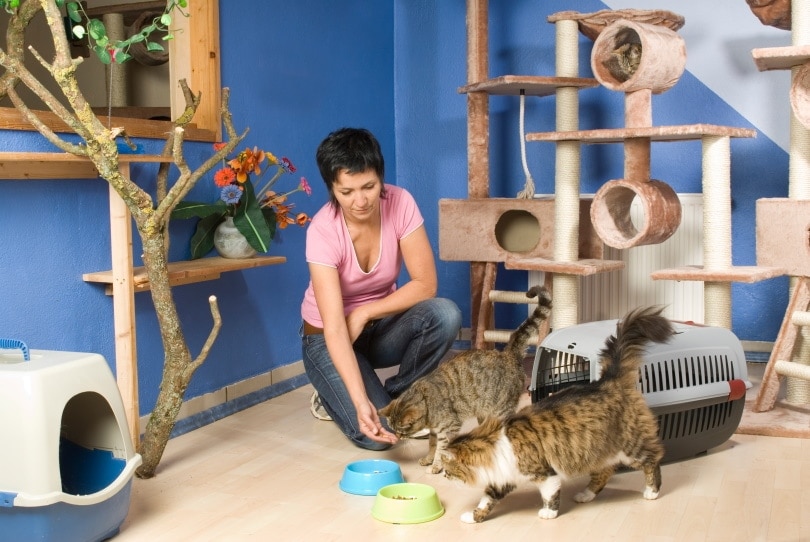
Conclusion
Thanks to their anatomy of muscles, bones, and tendons, cats can launch themselves into the air with extraordinary capabilities. This facilitates them to extend far beyond what is considered normal for most creatures—a feat that never ceases to amaze onlookers!
Featured Image Credit: Piqsels


